10. The Wailing (2016)
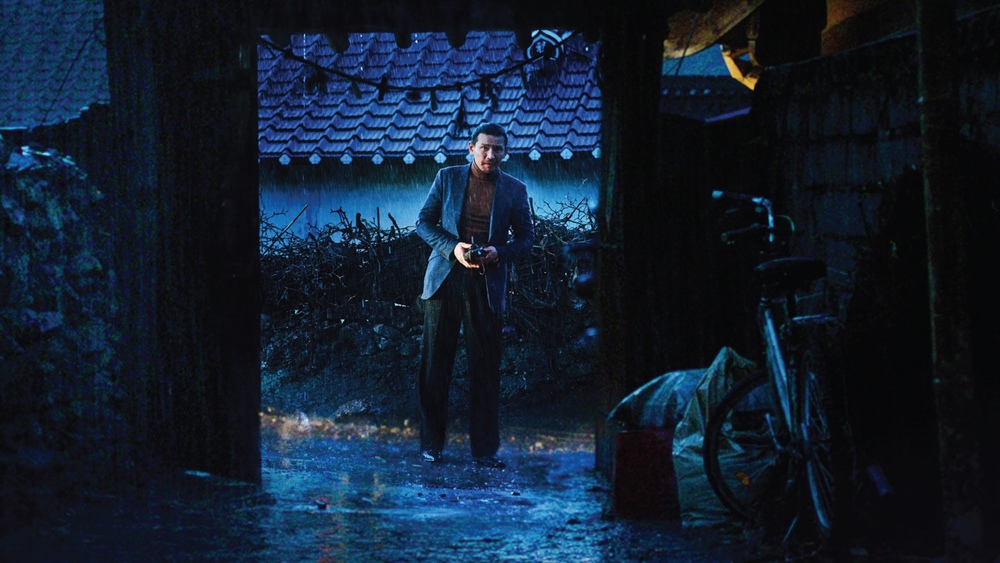
Clocking in at a whopping 136 minutes, Na Hong-jin’s folk horror is by some distance the longest title featured in the present list. There’s a solid argument for it being the scariest one overall too.
Though often lumped in with the rest of K-horror smash hits that have found a receptive audience overseas in the past decade, “The Wailing” levels all the competition by swerving around all of the genre’s tired clichés and leaving its most frightening terrors to the audience’s imagination. Boasting similar vibes as Robert Eggers’ “The Witch”, this Korean slow-burner about a rural village rife with misfortune and cursed with a mysterious outbreak that turns its inhabitants into serial killers certainly takes its time building momentum and implanting itself in your mind. By the time the screen fades to black, however, you will have a hard time shaking the whole experience out of their system.
9. Carrie (1976)
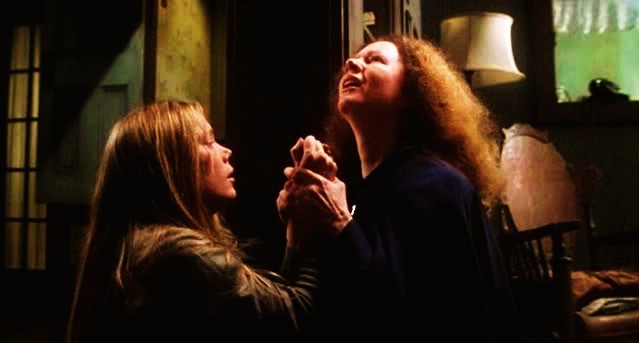
The growing pains of adolescence and early womanhood underpin the horror of Brian De Palma’s iconic proto-slasher based on Stephen King’s debut novel. Featuring an Oscar-worthy performance by Sissy Spacek as a troubled teenage girl with telekinetic powers who lays waste on her bullying high-school classmates, “Carrie” stood above the crowd of 1970s horror exploitation flicks by reimagining demonic possession not as a source of evil but a metaphor for social inclusion.
Best remembered for its climactic prom sequence where the titular character is showered in pig’s blood, this genre monolith has left a lasting mark in the zeitgeist. Its lasting influence in the landscape of contemporary scary movies becomes obvious when one looks at recent entries in the ‘good-for-her’ subgenre that congratulates women for striking back against their oppressors, from “Jennifer’s Body”, “The Love Witch” and “Midsommar” to “Raw”, “Ready or Not” and “Pearl”.
8. The Evil Dead Trilogy (1981-1992)
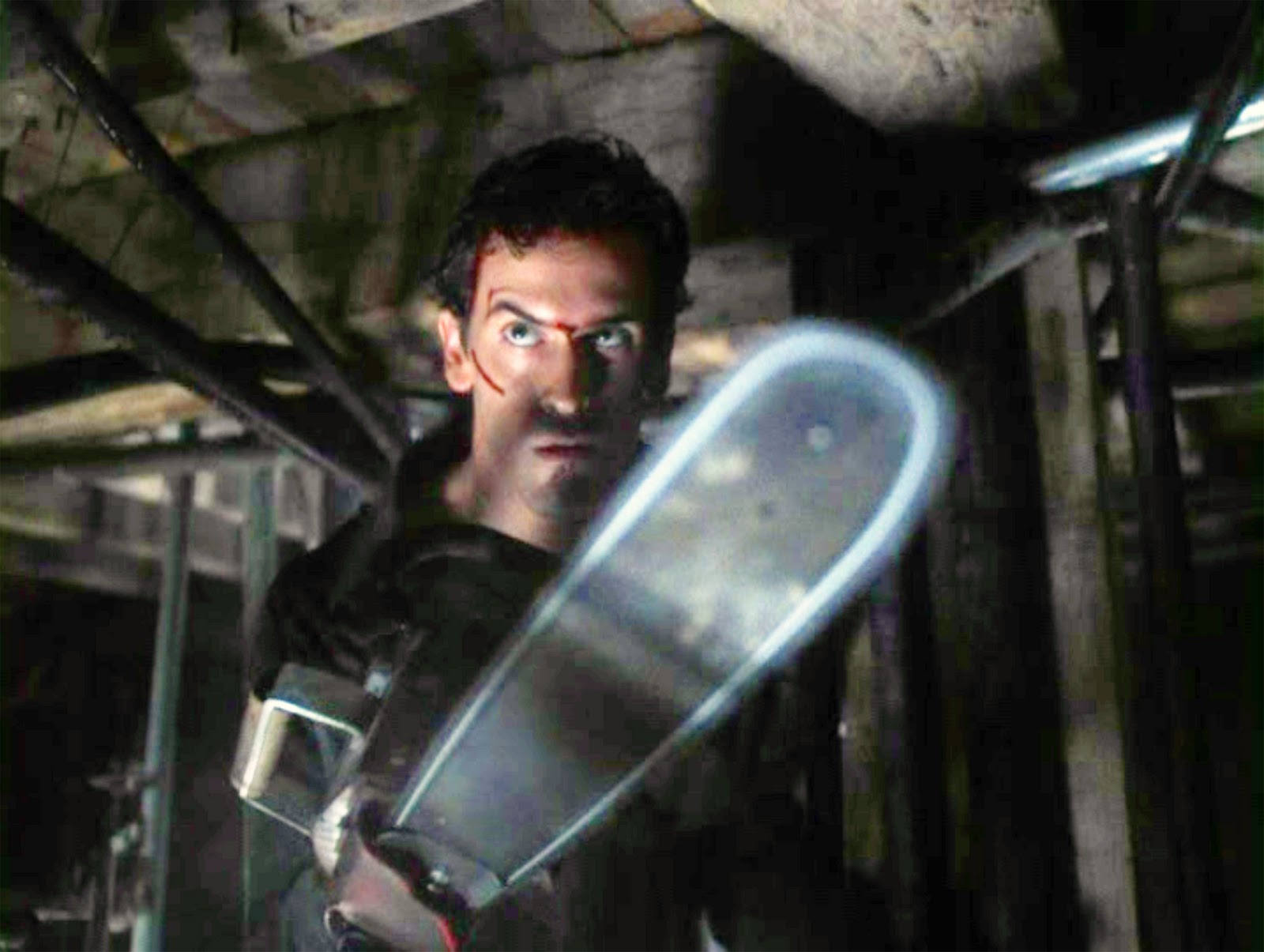
Because we love all three of them dearly and singling out only one feels just wrong, we’re bending the rules here by slipping in the complete “Evil Dead” trilogy at the eighth slot.
Whatever the time, whatever the season (but especially around Halloween), it’s never wrong to revisit Sam Raimi’s rip-roaring cult saga, a series of gloriously irreverent cabin-in-the-woods offerings that reinvented every rule in the genre book, amassed a fervid cult following, and introduced moviegoers to the effortless charms and wit of Bruce Campbell as a chainsaw-wielding, zombie-killing pop-cultural icon.
The original 1981 film, about five dumb college students who unleash a centuries-old demonic force, remains the safest starting point for newbies. Both of the highly-successful and beloved follow-ups work on their own merit but straddle closer to slapstick comedy than horror, so they benefit from some familiarity with Raimi’s gonzo style.
7. Carnival of Souls (1962)
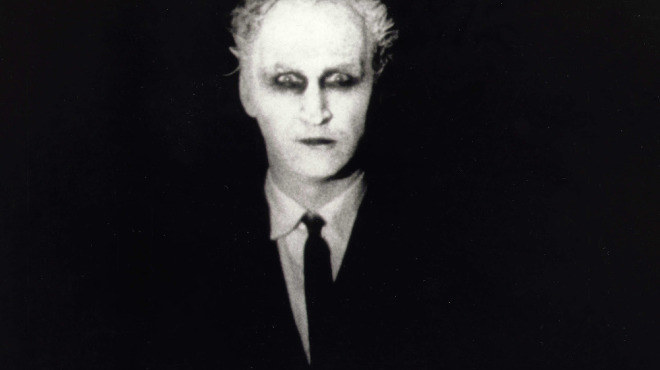
You can see the fingerprints of Herk Harvey’s late-night cult favorite on a wide spectrum of arthouse movies and contemporary horror offerings that have pilfered and repackaged it many times over in recent decades.
From the very opening frame, the film puts us in the shoes of Mary Henry, a young Kansas woman who’s haunted by spectral visions after ending up the sole survivor of a fatal car accident and finds herself mysteriously drawn to the deserted carnival on the outskirts of town that exists in the trenches between our world and purgatory.
Shot on a shoestring budget with an ensemble of unknown actors, “Carnival of Souls” is credited for ushering in a new era of DIY, micro-budget horror that made the most of their limited funds to deliver an abundance of thrills. Pop-culture hits like “Night of the Living Dead”, “Texas Chain Saw Massacre” and, to a somewhat lesser extent, David Lynch’s debut “Eraserhead” all owe an indelibly debt to Harvey’s groundbreaking feat.
6. The Witch (2015)
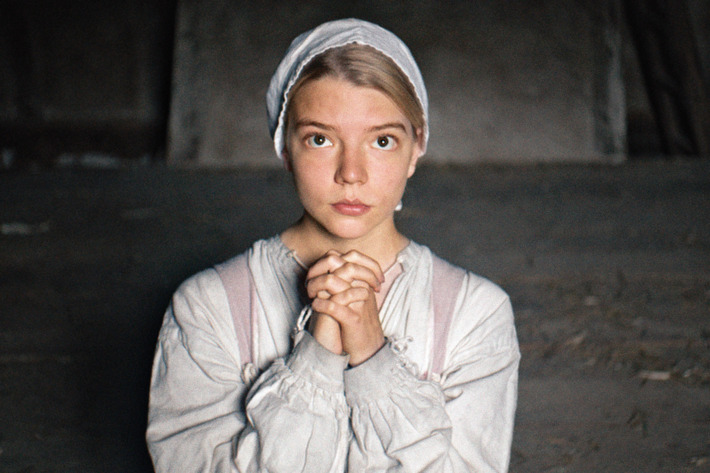
Critical darling Robert Eggers announced himself in striking fashion during his first rodeo behind the director’s chair with this slow-burn 17th Century-set puritanical cautionary tale, in which a sinister force lurking in the shadows sets its sights on an unassuming Protestant family struggling to make ends after being exiled to the fringe of the Massachusetts wilderness.
After the newborn baby disappears one day without a trace, the two close-minded parents begin to suspect their older daughter might be guilty of practicing witchcraft (unfortunately not an uncommon occurrence back in those days), laying the groundwork for a feverish chamber drama that soon escalates into a ghastly episode of mass hysteria. Come for Anna Taylor-Joy’s star-making turn. Stay for the period-accurate dialogue, pitch-perfect production design, oppressive tone, and knock-out finale.
5. Hausu (1977)
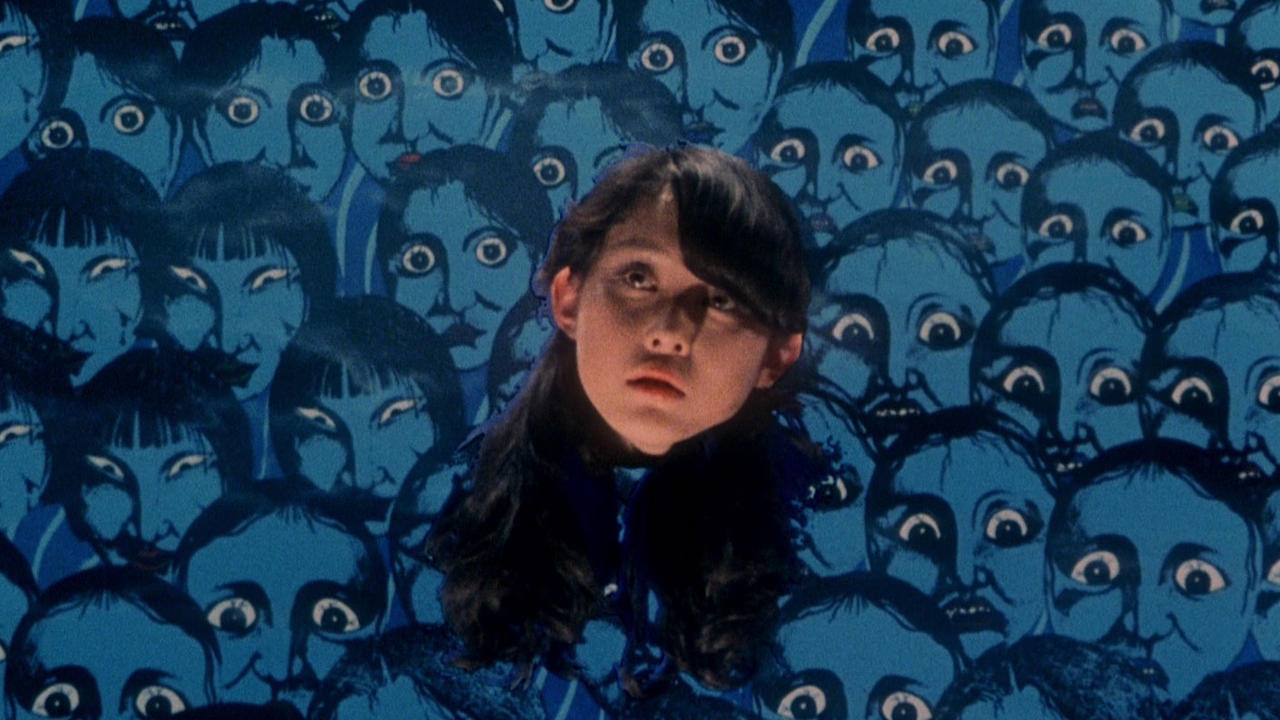
No horror movie has ever looked or felt quite like Nobuhiko Obayashi’s delirious debut — a full six-course meal for the senses that became an improbable word-of-mouth hit with its rip-roaring blend of surreal visuals, startlingly perverse sequences, and deliberately cheesy special effects.
A cult movie in every sense of the word, “Hausu” flips every haunted-house trope on its head, following a high-school teenager who’s dealing with her parents’ divorce and decides to visit her long-lost aunt’s country house with six of her high-school friends. Nothing can really prepare you for the hallucinatory head trip that ensues, and honestly it’s best if you go in knowing as little about it as possible. Suffice to say, though not exactly a horror comedy, “Hausu” never takes itself seriously. In fact, it’s those wacko elements that lend it a curious charm and established it as a cinephilic rite-of-passage unlike any other. As long as you go into it with an open mind, “Hausu” is an absolute riot.
4. Possession (1981)

Simmering tensions and creeping paranoia build to a fever pitch in Andrzej Żuławski’s visceral screamfest, a Lovecraftian descent into madness that rattled audiences and censors in 1981 so much that it was actually pulled from theaters for a while, thus remaining in relative obscurity before growing into an undisputed classic that continues to be a go-to Halloween title year after year.
Sam Neill and Isabelle Adjani set the screen aflame as a stir-crazy married couple living in East Berlin whose dysfunctional marriage begins to collapse on itself. Though banned upon its original release in 1981, this Palme d’Or nominee continues to spark rarefied passions today with its delirious combination of over-the-top performances, demonic-possession hysterics and creeping sense of dread, all of which acts as allegory for the horrors of marital strife.
3. Suspiria (1977)
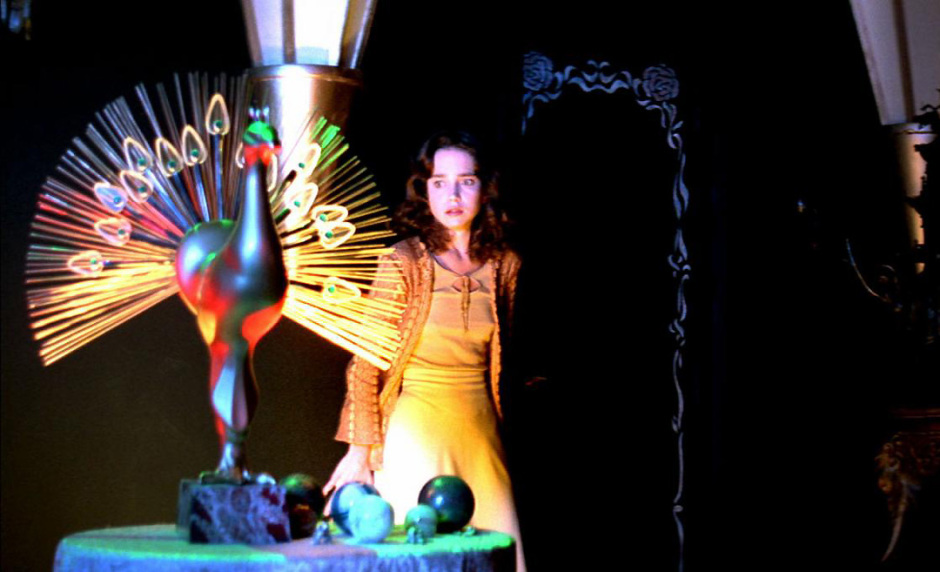
Dario Argento reached new levels of visual artistry with his biggest international breakthrough to date, a superlative Giallo from 1977 that follows the exploits of a young ballet student who gets way more than she bargained for during her stay at a prestigious German dance academy, which turns out to be a secret witches’ coven.
That barebones plot synopsis might sound like the premise for an uninspired American B-novel one might find collecting dust at the shelves of Barnes & Noble, but “Suspiria” manages to separate itself from more pedestrian offerings with its breathtaking use of colors, punctuated by slashes of vivid crimson hues and candy-colored greens and yellows, and an unforgettable synth score that lodges into your mind. There’s a good reason why it is widely regarded as the pinnacle achievement of Dario Argento’s career and the go-to recommendation for newbies looking for a good entry point to the Italian Giallo movement that enjoyed its heyday in the 1970s.
2. The Exorcist (1973)
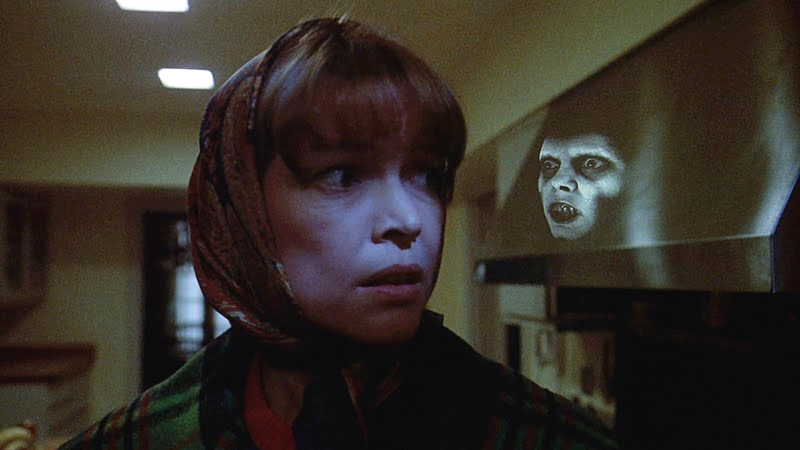
As we inch closer and closer to its 50th anniversary theatrical roll-out, this is your chance to summon the courage and revisit William Friedkin’s game-changing chiller in all its gory glory. No dust has settled in this 1970s cornerstone about a 12-year-old Georgetown girl who develops split personalities after becoming possessed by a demonic force — a harrowing yet surprisingly empathetic tale of puritanical fervor that spawned countless sequels, redefined the genre forever, and continues to traumatize new viewers every day.
A record-breaking box-office phenomenon, “The Exorcist” also earned the lofty distinction of being the first-ever horror movie to be nominated for Best Picture, sealing its place in cinema history as an enduring rite of passage that continues to be ripped off by modern-day directors.
1. The Shining (1980)
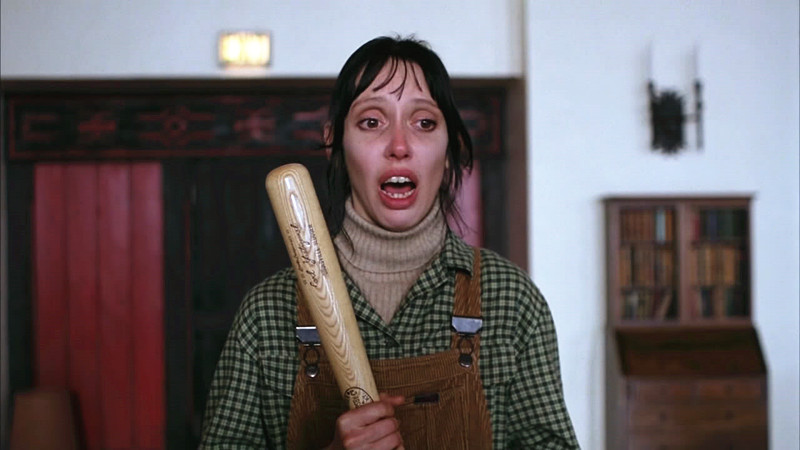
If one were to arbitrarily split the history of supernatural horror cinema in two, then few films would make for a better demarcation line than Stanley Kubrick’s novel adaptation based on Stephen King’s novel. After being slowly but steadily rehabilitated as a cultural touchstone over the past 40 years, it’s may be easy now to forget that “The Shining” was once seen in a less than favorable light. Stephen King famously derided it, many renowned critics from Pauline Kael to Roger Ebert had a field day tearing it to pieces during its opening weekend, and the 1981 Razzies bestowed Stanley Kubrick with the dubious honor of a Worst Director nomination.
Today, this claustrophobic story about a man on the brink of a breakdown who loses his marbles and decides to murder his family during an extensive stay at an isolated hotel has become mythically embedded in our pop-culture, frequently referenced and spoofed in all media. And yet, it’s a delight to revisit the movie and realize it remains as scary and captivating as ever, clinging to our collective psyche like an unshakable fever dream.